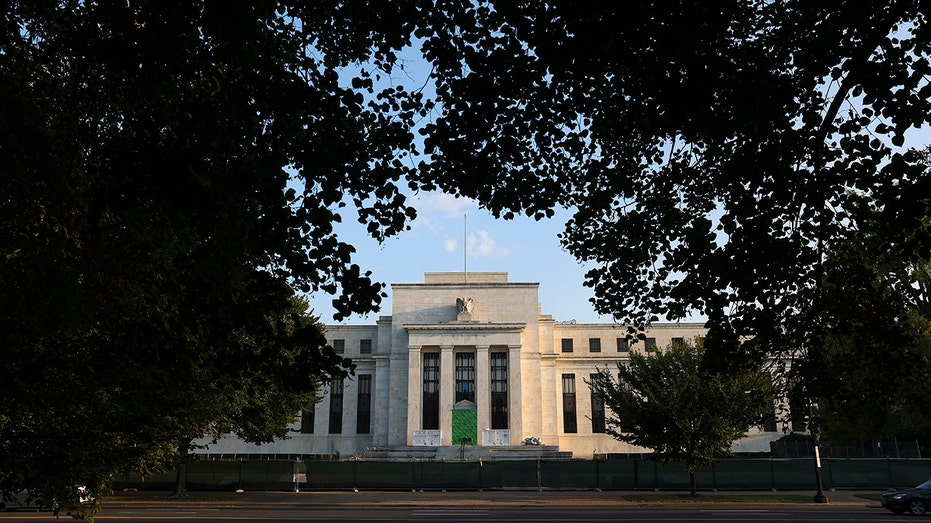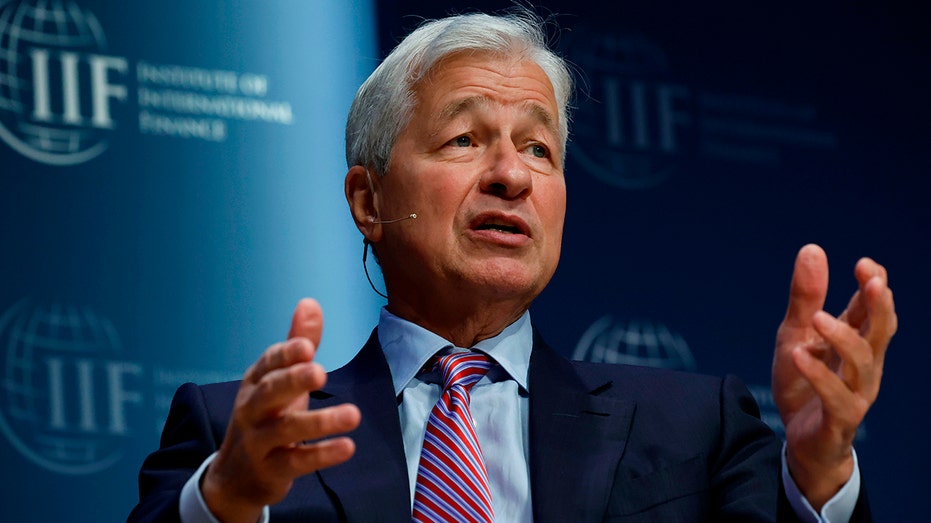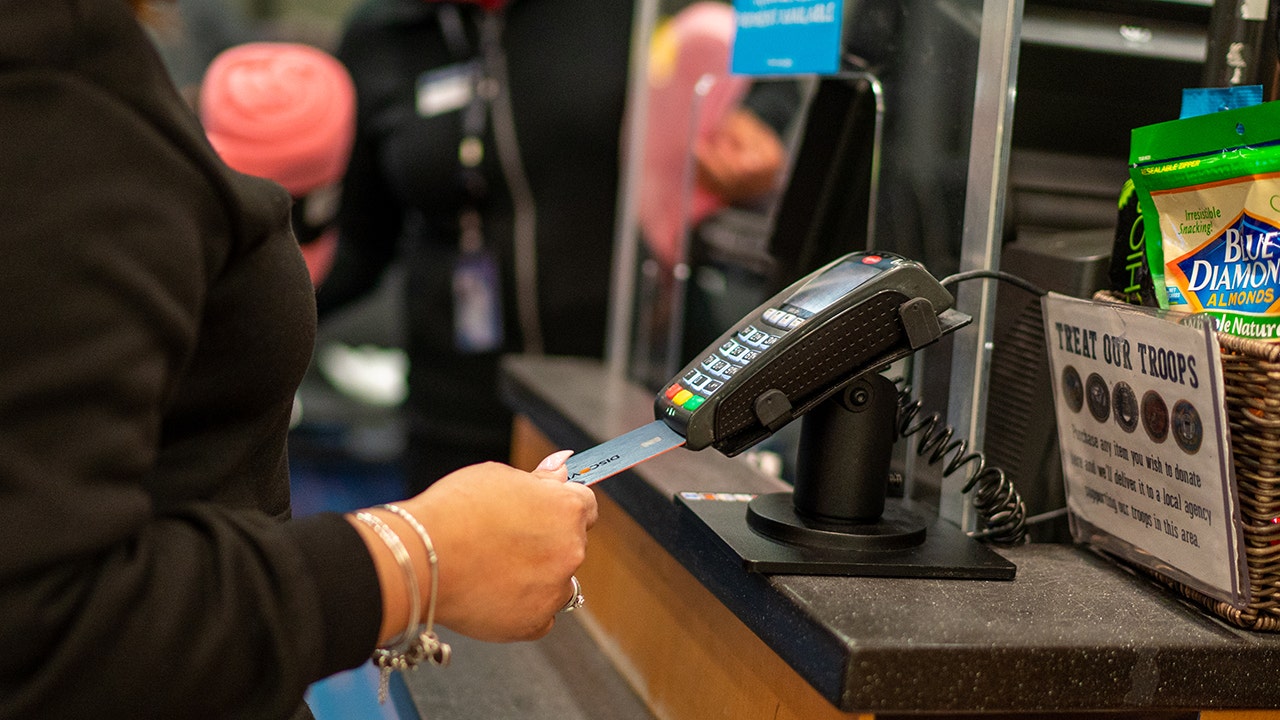Americans’ credit card debt is on the rise despite high borrowing costs that may tick up further later this year and squeeze household budgets even more if the Federal Reserve follows through with anticipated interest rate hikes.
During the COVID-19 pandemic, consumer credit card loans dipped dramatically as the U.S. government injected stimulus into the economy to insulate consumers’ finances from the pandemic’s economic fallout. Federal Reserve data shows that outstanding credit card debt fell from $858 billion in March 2020 to $736 billion in April 2021 – at which point it began a rebound that has seen credit card debt to $993 billion as of July 5, 2023.
Credit card debt reaching record highs comes as the Federal Reserve’s campaign of interest rate hikes aimed at tamping down inflation has pushed borrowing costs upward. According to LendingTree, the average credit card interest rate (or annual percentage rate) for U.S. credit cards is 24.06% as of July 10.
NEW SURVEY SHEDS LIGHT ON CONSUMER DEBT
Credit card users are likely to see their APR tick slightly higher later this year as the Federal Reserve is expected to increase the benchmark federal funds rate – which influences rates for credit cards, mortgages and other borrowing – at least two more times. Inflation dipped to 3% year-over-year in June but remained above the Fed’s 2% target.
The rising levels of credit card debt show that American consumers feel confident enough about the economy to spend their hard-earned money and carry credit card balances.
But high levels of credit card debt coupled with high-interest rates remain a risk for consumers should the economy slow, as rates will likely remain elevated through the year and growing credit card debt will require cardholders to pay more in monthly interest to carry balances forward on their cards.
A FED PAUSE LIKELY WON’T HELP STRUGGLING CONSUMERS

Lenders are monitoring the situation and how economic conditions are affecting consumer credit. Executives from three of America’s largest banks discussed those issues during their respective earnings calls on Friday but noted that so far, consumers remain strong.
| Ticker | Security | Last | Change | Change % |
|---|---|---|---|---|
| JPM | JPMORGAN CHASE & CO. | 149.84 | +0.99 | +0.67% |
| C | CITIGROUP INC. | 45.75 | -1.93 | -4.05% |
| WFC | WELLS FARGO & CO. | 43.56 | -0.15 | -0.34% |
Wells Fargo CEO Charlie Scharf said that “Credit card spending remains strong, but the rate of growth has slowed from the outsized growth rates we saw for 2022.” Credit card spending at the nation’s fourth-largest bank was up 13% from a year ago, according to Wells Fargo CFO Mike Santomassimo.
LOAN DELINQUENCIES COULD BE EARLY SIGN OF ECONOMIC TROUBLE: REPORT

Citigroup CEO Jane Fraser said that she and CFO Mark Mason see the U.S. consumer as being largely resilient despite the economic conditions – although consumers with lower credit scores are feeling more pressure.
“You’re not hearing any alarm bells ringing from Mark or myself at all here on the U.S. consumer,” Fraser said. “I think we see the U.S. consumer as resilient. We’ve talked about them being cautious, but they’re not recessionary, and we are seeing more pressure on the lower FICOs.”
Mason said that the company views this as a “return to normal” and told analysts on the call that the company expects to see net credit losses tick up to what he called historically normalized levels by the end of this year or early next year. He added that those losses may tick slightly higher than that before “getting back inside of that range” depending on how and when a mild recession plays out.
JPMorgan Chase executives expressed a similar sentiment as CEO Jamie Dimon said, “We’re trying to be really clear here. The consumer is in good shape. They’re spending down their excess cash. That’s all tailwinds.”
CFO Jeremy Barnum added, “I think we still see this as a normalization, not a deterioration story when we talk about consumer credit.”
Read the full article here


